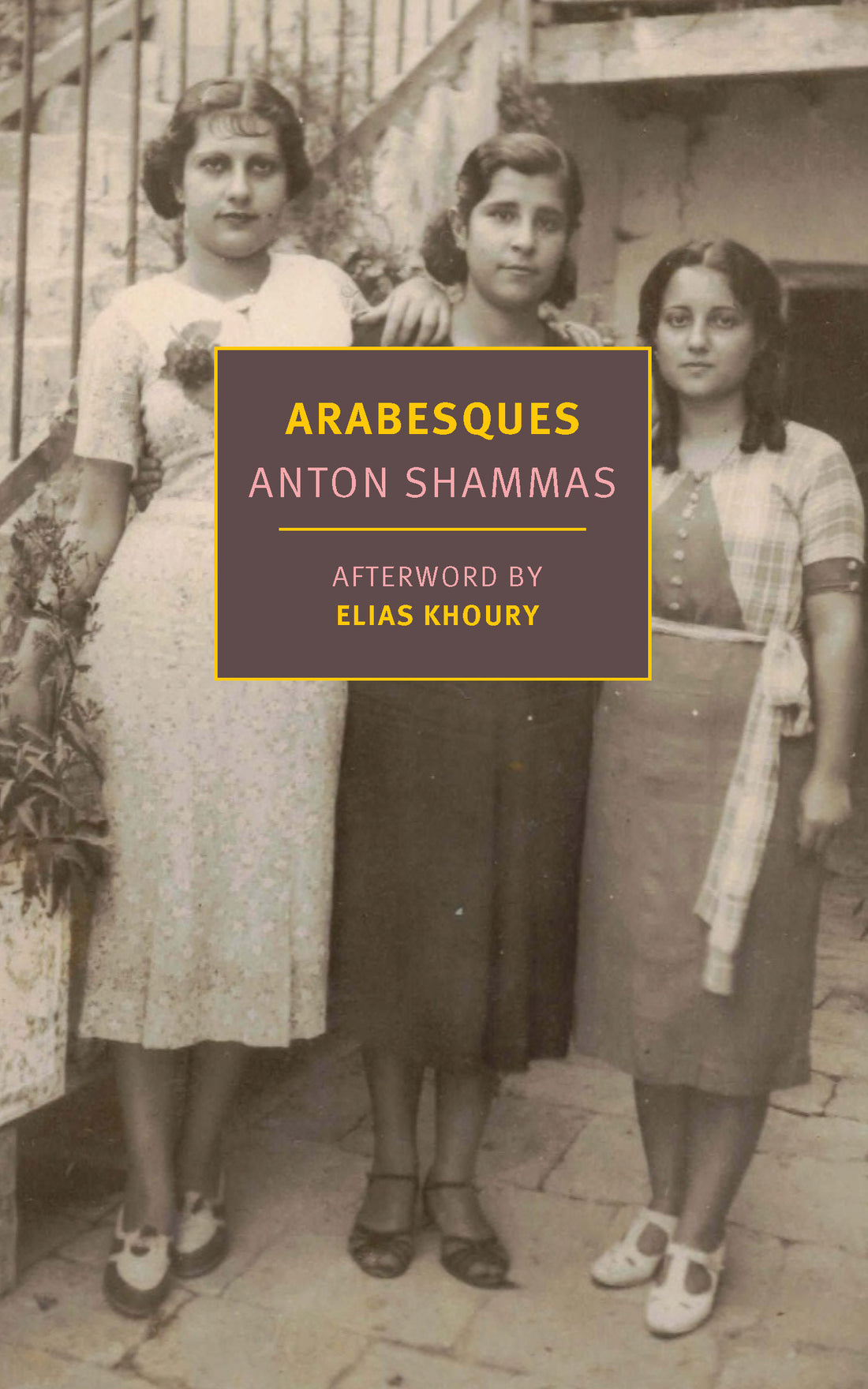The recent NYRB Classics reissue of Anton Shammas’s 1988 novel Arabesques (trans. Vivan Eden) has been the subject of a number of positive write-ups over the past few months in publications such as The New York Review of Books, Jewish Currents, The Nation, and The Yale Review. You can read excerpts from each of these articles below.
From Ruth Margalit’s review in The New York Review of Books:
“[A] dazzlingly original book—as bracing now as when it was first published. . . . Arabesques, which Shammas once said was ‘written in Arabic in Hebrew letters,’ reads as a paean to both languages and as a lament. . . . Sentence by sentence, Shammas provides quiet, beautifully noticed portraits of pain.”
From Isabella Hammad’s review in Jewish Currents:
“Arabesques seeks to contest the Zionist enclosures of Palestinian life not only linguistically, but also formally. . . . Rooted in the principle of endless repetition, the arabesque appears simultaneously static and full of movement, and implies the possibility of infinity: More can always be added, and the pattern will retain its harmony. . . . Shammas uses the form to elaborate a sprawling and resilient peoplehood, not bound by geography or linear time, that exceeds the confinements imposed by the Jewish nation-state. . . . [A]s with all great novels, the life of Arabesques exceeds the era of its emergence.”
From Raja Shehadeh’s review in The Nation:
“Arabesques is one of the finest novels about the 1948 Nakba, when an estimated three-quarters of a million Palestinians were forced out of their homes and off their land to make way for the Jewish state. . . . Shammas steers away from politics outright, and yet his novel, lyrical and subtle in its humor, is ultimately very political.”
From Ratik Asokan’s review in The Yale Review:
“[Shammas’s] most lasting achievement has been imaginative: the sly, intricate, autobiographical novel Arabesques. . . . Today . . . Arabesques reads less like a provocation and more like an elegy, if not for an Israel in which Jews and Arabs coexisted—that never was—but for an Israel in which coexistence seemed possible.”


